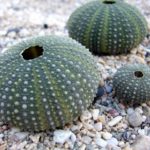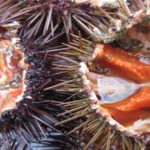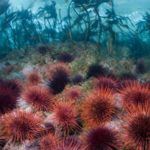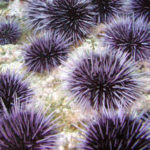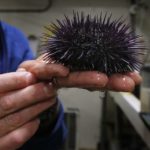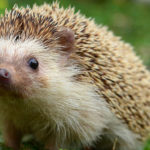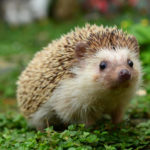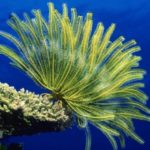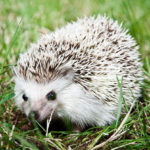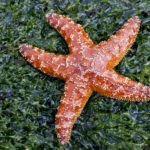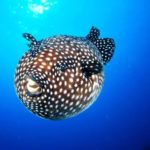Sea urchins – information
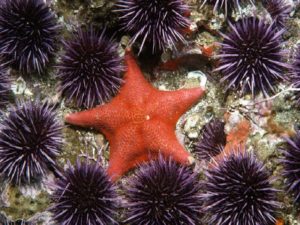 Among the needles of sea urchins, small marine dwellers often settle, and needles save them from enemies. But some “tenants” do great damage to the sea urchins themselves. So, for example, some species of marine mollusks settle on the hedgehog body in huge groups, not allowing the needles to grow; They lay eggs, attaching them to needles, and small, newly-born mollusks gnaw through the hedgehog’s shell and feed on its body, causing thereby irreparable harm to it.
Among the needles of sea urchins, small marine dwellers often settle, and needles save them from enemies. But some “tenants” do great damage to the sea urchins themselves. So, for example, some species of marine mollusks settle on the hedgehog body in huge groups, not allowing the needles to grow; They lay eggs, attaching them to needles, and small, newly-born mollusks gnaw through the hedgehog’s shell and feed on its body, causing thereby irreparable harm to it.
Sea urchins have other enemies, from which even long sharp needles can not save them: lobsters, fish, birds, seals, stars and sea otters. Watching the sea otter catching a hedgehog is very interesting. There are two scenarios for the development of events. According to the first, the sea otter grabs the hedgehog with its forepaws, turns it long in algae until the needles cover with a layer of algae, and then eats.
If there are no such nearby, the sea otter finds a stone, lies belly up in the water, puts the hedgehog on his chest and beats the stone until the shell bursts. And sea otters are so fond of hedgehogs that they eat a huge amount. From this, all internal organs are colored violet – the color of the pigment of sea urchins.
Sea urchins benefit their habitats: they absorb carbon dioxide and reduce the level of radiation.
Divers should remember that a hedgehog can be dangerous to humans. In habitats of hedgehogs, there is always a danger of stepping on some representative of echinoderms. If it turns out to be non-toxic, the person will only have to undergo a very painful procedure to remove the needles from the leg. And if the hedgehog is supplied with poisonous needles, then the matter may end badly, because the poison causes paralysis, difficulty breathing and cardiac arrest.
